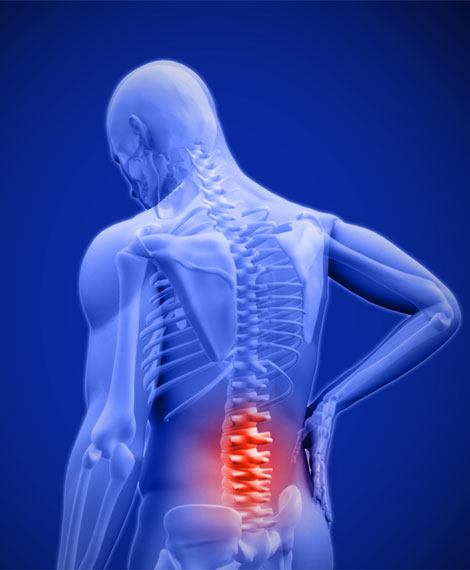Physiotherapy Management for Laminectomy Due to Lumbar Disc Bulge – With Expert Care at Physio360 Chennai.
- PHYSIO 360

- Jul 11
- 2 min read
INTRODUCTION:
Laminectomy is a surgical procedure often recommended to relieve pressure on the spinal cord or nerve roots caused by a lumbar disc bulge. While surgery addresses the root mechanical cause, postoperative physiotherapy plays a crucial role in recovery, restoring function, relieving pain, and preventing recurrence. At Physio360, Chennai, we specialise in personalised rehabilitation plans to ensure safe and speedy recovery following spinal surgeries like laminectomy.
What is a Lumbar Disc Bulge?

A lumbar disc bulge occurs when the disc material protrudes beyond its normal boundary, often pressing against nearby nerves. Symptoms may include:
Lower back pain
Radiating pain to the legs (sciatica)
Tingling or numbness
Reduced mobility
When conservative treatments fail, a laminectomy is performed to remove part of the vertebral bone (lamina) and decompress the affected nerves.
Why Physiotherapy is Vital After Laminectomy:
At Physio360, our goal is to enhance post-surgical recovery by:
Alleviating pain
Restoring spinal mobility
Improving muscle strength and posture
Preventing complications like scar tissue adhesions or instability
Physiotherapy Management at Physio360 – Step-by-Step Approach:
1. Immediate Post-Op Phase (0–2 weeks)
Focus: Pain control, protection, and early mobility
Gentle bed mobility and walking training
Breathing and circulation exercises
Use of lumbar brace (if advised by the surgeon)
Education on posture and spinal precautions
2. Sub-Acute Phase (2–6 weeks)
Focus: Controlled mobilisation and activation of muscles
Pelvic tilts, bridging exercises
Core activation (transverse abdominis)
Isometric exercises for lumbar stabilisers
Gentle neural mobilisation if sciatic symptoms persist
3. Rehabilitation Phase (6–12 weeks)
Focus: Strengthening, flexibility, and endurance
Stretching tight hamstrings, hip flexors
Resistance training for back extensors and core
Swiss ball exercises for dynamic stability
Postural correction and ergonomic training
4. Advanced Functional Training (>12 weeks)
Focus: Returning to daily and occupational activities
Gait training and balance exercises
Proprioceptive retraining
Gradual reintroduction to sports or work demands
Home exercise program and long-term spine care education

Why Choose Physio360 for Post-Laminectomy Rehab?
At Physio360 in Chennai, our experienced physiotherapists:
Customise protocols based on your surgical level and symptoms
Use evidence-based techniques like manual therapy, dry needling, electrotherapy, and spinal stabilisation
Provide one-on-one supervised sessions
Track functional progress using validated scales and EMG feedback
Deliver holistic care, including lifestyle advice, weight management, and stress reduction for long-term spine health

Red Flags We Monitor Post-Surgery
Uncontrolled pain or new-onset weakness
Signs of infection (fever, discharge)
Foot drop or bladder/bowel issues
Our therapists are trained to immediately refer back to your surgeon if needed, ensuring safe, collaborative care.
Take the First Step Toward a Pain-Free Life
Don’t let a lumbar disc bulge surgery hold you back. With expert guidance at Physio360, Chennai, you can return to your routine stronger, pain-free, and confident. Trust us for the best post-laminectomy physiotherapy in Chennai – your spine deserves it.
Call Physio360 today and start your recovery journey the right way!
REFERENCES:
https://pmc.ncbi.nlm.nih.gov/articles/PMC10578022/ Rehabilitation after lumbar spine surgery in adults: a systematic review with meta-analysis
https://www.researchgate.net/publication/237793785_A_Structural_Approach_to_Post-Surgical_Laminectomy_A_Case_Study A Structural Approach to Post-Surgical Laminectomy: A Case Study




Comments